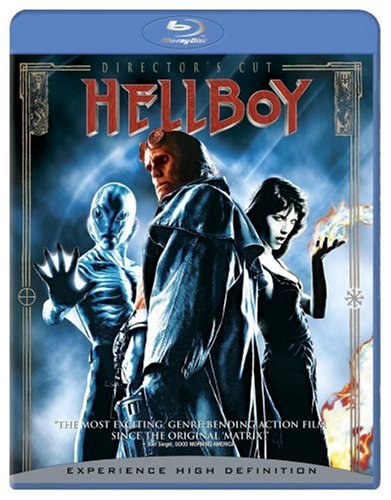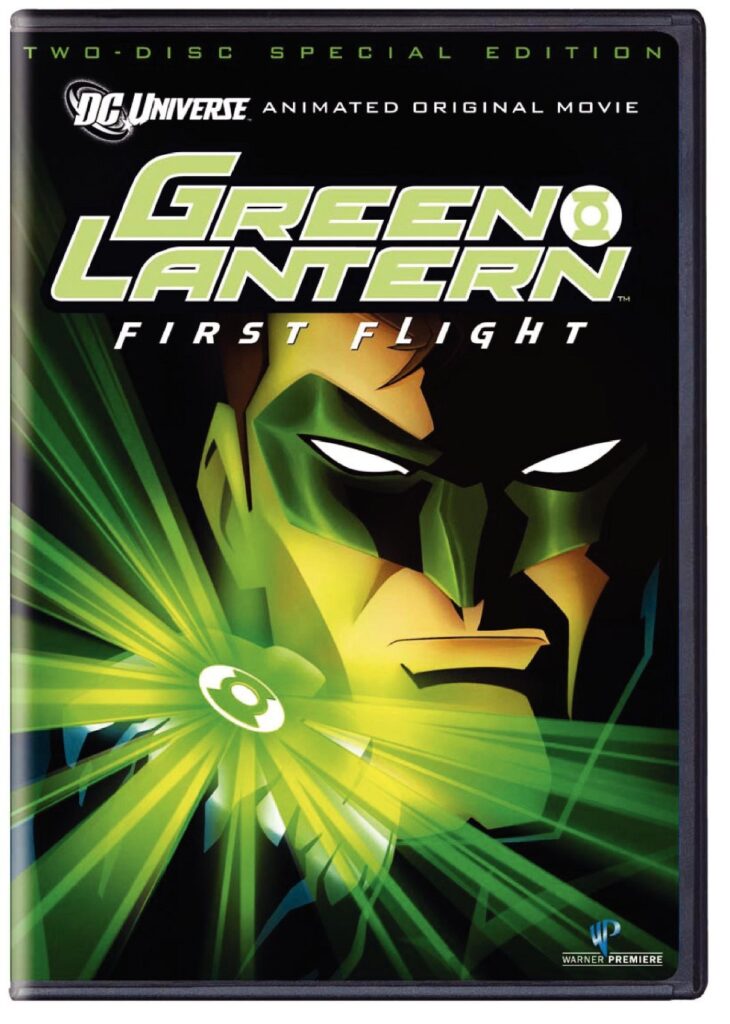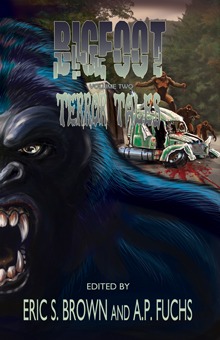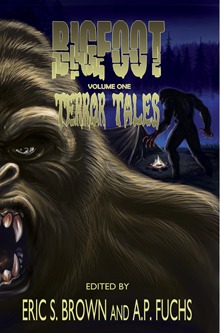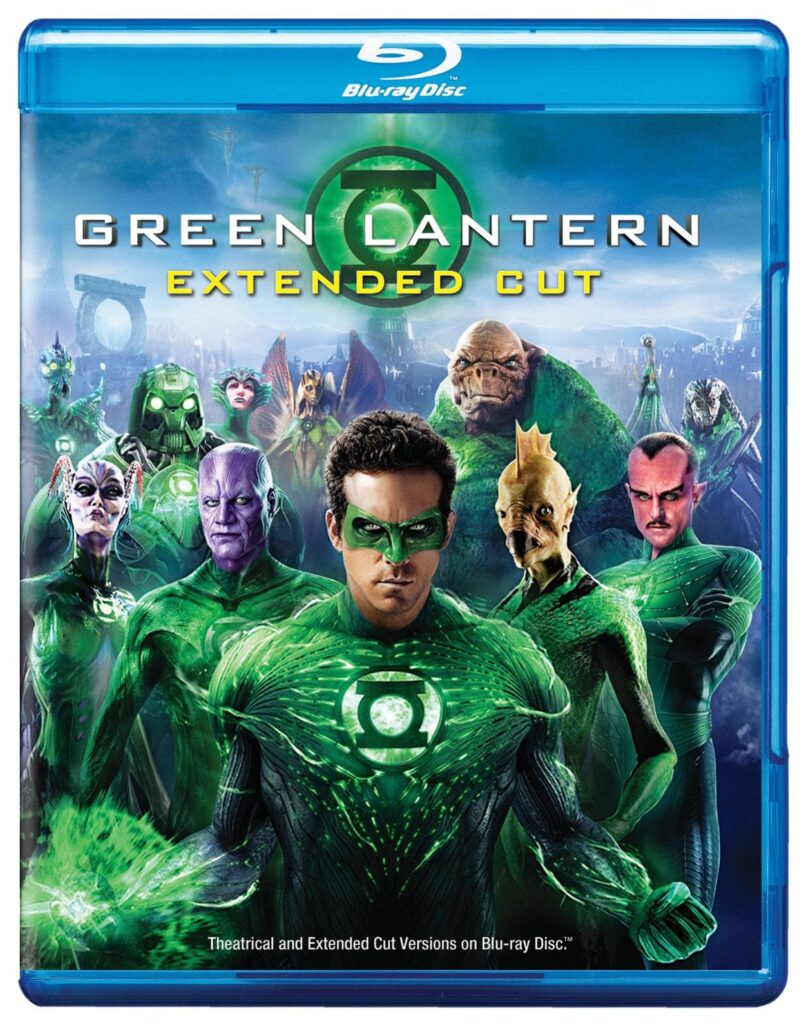Hellboy II: The Golden Army (2008)

Hellboy II: The Golden Army (2008)
Written by Guillermo del Toro
Directed by Guillermo del Toro
Runtime 120 min.
4.5 out of 5
Long ago a war was fought between mythical creatures and humanity and, during that war, King Balor, leader of an elfin race, had an unstoppable Golden Army created for him, one that laid waste to humanity. The army marched and destroyed everything in its path. Amidst the piles of bodies and oceans of blood, the king felt great regret so a truce was made between mythical creatures and humankind. The agreement: the mythical creatures stuck to living in the forests whereas humanity could have the land. As well, the special crown that King Balor (or anyone of royal blood) used to control the Golden Army was split into three parts, of which two were kept for himself, the third given to humans. Also, the Golden Army was hidden somewhere on Earth in dormancy, locked away.
King Balor’s son, Prince Nuada (Luke Goss), didn’t like the agreement so exiled himself and waited for the right time to strike and take control of the Army and remove the humans from the planet.
Enter present day, where business flows as usual for Hellboy (Ron Pearlman) and the rest of the Bureau for Paranormal Research and Defense (B.P.R.D.). That is, until, Nauda resurfaces and begins slaughtering humans as he tries to piece the crown together so he can control the Golden Army and find out the secret location as to where the Army is hidden.
To add to the B.P.R.D.’s distress, Hellboy and Liz (Selma Blair) are having issues. She wants him more domesticated; he wants to remain free-spirited. Also, Abe Sapien (Doug Jones) is taken with Nuada’s twin sister, Princess Nuala (Anna Walton) and, unfortunately, she is linked to Nuada so everything that happens to him happens to her as well. Nuala wants to stop her brother for what he has planned.
The B.P.R.D. seems to have met its match, especially when things turn south and the Golden Army rises once more.
I was super late seeing this movie. In fact, I just saw it prior to this review. It wasn’t for a lack of trying either, but life happens and other movies come out and, well, the next thing you know it’s almost two years later and you’re finally playing catch up. Let me just say it was worth the wait. I was a fan of the first Hellboy and though this one carries with it the same undertone as the first, the overall feeling of it is different: the first one was more monster-oriented and this one was more fantasy-oriented. I felt at times like I was watching a cross between Lord of the Rings and Van Helsing.
Ron Perlman as Hellboy was pure awesome. I love the down-to-earth nature of the character plus the fact that despite him being a kind of rock ‘n’ roll tough guy, he’s really just a big kid underneath all that red.
Selma Blair was feisty and dark as always, and she and Perlman had excellent chemistry in their Liz/Hellboy relationship.
It was cool, too, to see Abe Sapien get more of the emotional spotlight in this flick with him falling in love with Princess Nuala. At first I thought the dude was all about books and that was it. Looks like there’s a tender heart underneath those gills after all.
The layered storytelling was great, and there was a sense of history to the Army, the elfin race, and everything on Hellboy’s side of the fence. It wasn’t just some standard good-guys-versus-bad-guys stuff. Cool beans.
The action was superb, hardcore and fun. The epic scale for some of the battles rocked, especially when Hellboy goes up against the big green guy that grows trees. Cool fight and Hellboy’s big hero moment/pose on top of the hotel sign hanging onto that baby was comical yet cool as well.
Was this as good as the first? Hard to say. Tied for sure, though the first one is still my favorite.
This sucker’s worth 4 and a half cigars in my book, though.
Recommended.

